Today I am going to share with you how to clean leeks! Also, wait, what is a leek? :P No need to Google, I am going to share everything you need to know! :-)
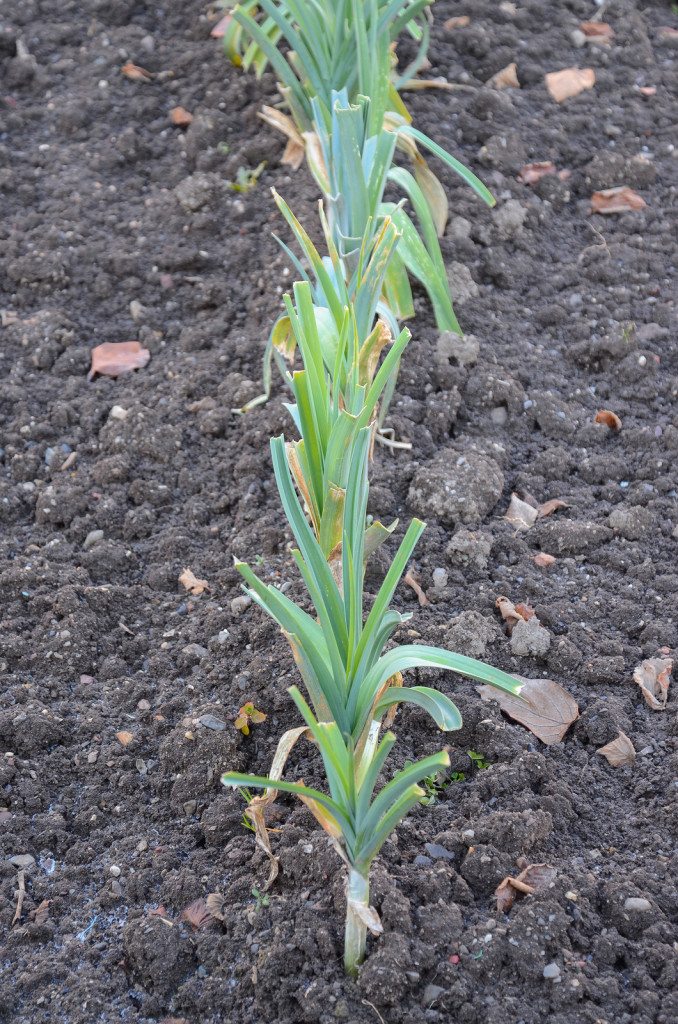
Leeks in their full glory right before they are harvested!
What is a Leek?
So lets get into it…leeks are a member of the onion family. If you have never seen one you can imagine an oversized green onion with wide, green leaves and a fat,white stalk and roots at the bulb end. Another good visual would be to think of gigantic scallions!
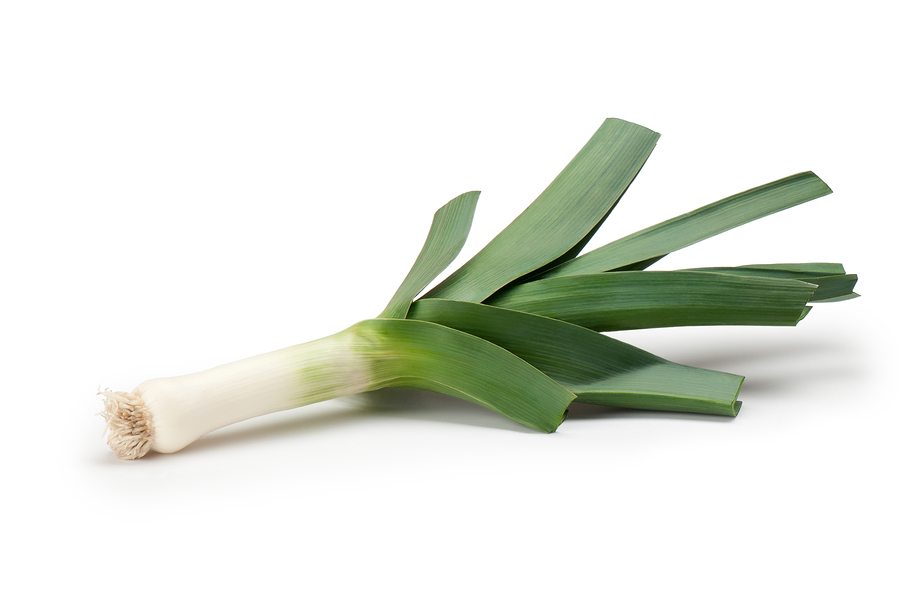
The humble leek!
Leeks will give your dish a very subtle yet delicious onion-y taste. If you think about it, you may have heard of leek potato soup which is widely popular here in America. When you are shopping at your local market you will want to select leeks that have crisp, brightly colored leaves with no blemishes on the stalk. It is important to buy leeks that are smaller than 1-1/2 in diameter as they will be more tender than their larger counterparts!
Video About How to Clean Leeks
Fabulous Storage Tip: The good news is that you can refrigerate leeks in a plastic bag for up to 5 days. You can prep your leeks over the weekend and use them accordingly during the week. Planning ahead of time saves you time in the long run and I can attest to it making a huge difference for me personally!
The Nutritional Benefits…
As you guys may know I follow Dr. Joel Fuhrman and his Nutritarian lifestyle. :) He uses an acronym “G-BOMBS” which is an easy way to remember the most nutrient-dense foods on the planet to eat to promote a healthy lifestyle. This acronym stands for Greens, Beans, Onions, Mushrooms, Berries and Seeds. Today we are focusing on the “O” in this acronym which stands for Onions.
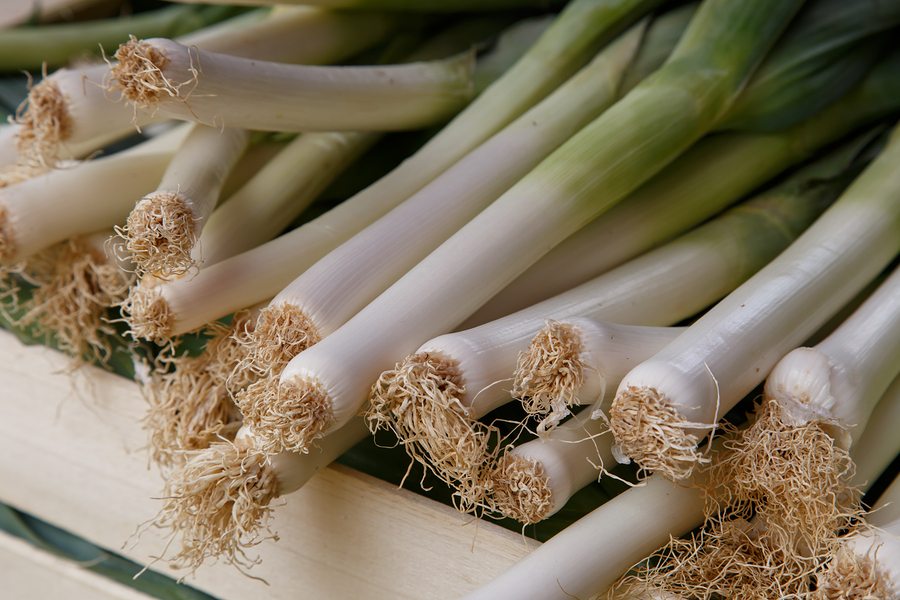
The Allium family of vegetables is made up of onions, leeks, garlic, chives, shallots, and scallions. This group is known for supporting our cardiovascular and immune systems, as well as having anti-diabetic and anti-cancer effects. Allium vegetables are known for their characteristic organosulfur compounds, similar to the isothiocyanate (ITC) in cruciferous vegetables, organosulfur compounds are released when onions are chopped, crushed or chewed. That is right! By chewing, you are breaking down the cell walls and at the same time releasing these healing properties!
But wait — There’s more! :-) Can you tell I’m excited? Haha. Leeks also are an excellent source of vitamin K. They are very good source of manganese, vitamin B6, copper, iron, folate, and vitamin C. Leeks are also a good source of vitamin A (in the form of carotenoids), dietary fiber, magnesium, vitamin E, calcium, and omega-3 fatty acids.
Why I Love Leeks
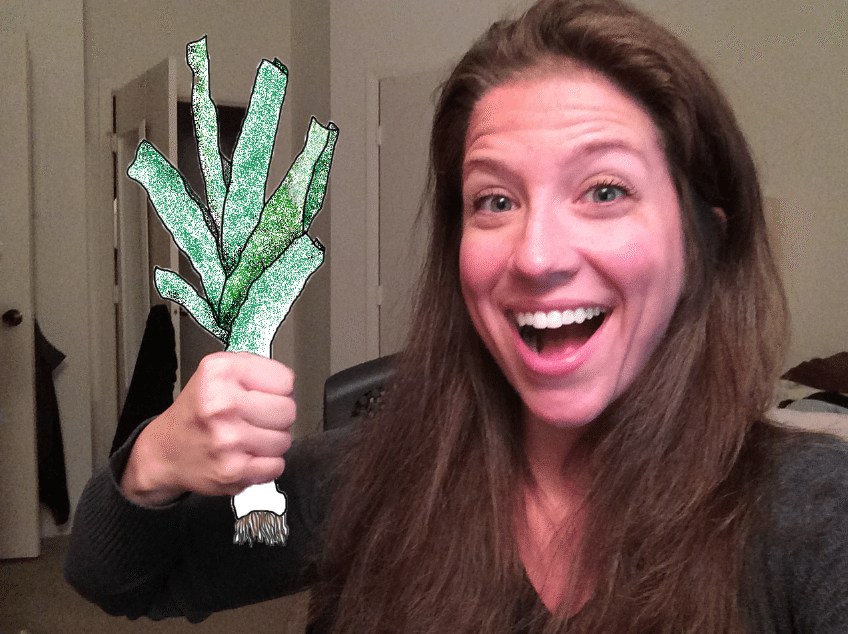
Cheri holding a cartoon leek, the rarest of all leeks :P
Why did I feel compelled to tell you about leeks? First of all I think they’re just a really cool food, but hey, I think that about pretty much all the foods. I found my love for leeks specifically while living overseas for a year in Aurillac, France back in 2008. Back then is when I really got into blogging, and learning to cook, and I started to read David Lebovitz’ blog.
When I came home, to my surprise leeks were not as popular here in America as they are in France or other European cities. The French use them SOO much in their recipes, so when I got home, I was surprised that lots of people don’t know much about them.
The green onion, better known as a scallions, are the equivalent to the leek here in the states as far as popularity. Either of these onion varieties are WELL worth adding to soups and other dishes alike for a sweet and mellow subtle burst of onion-y flavor. I love them in stir-fries as well!
Okay — Now it is time to get into how to wash these things!!
Fear not, dear Reader! Here are your step-by-step instructions…in case you didn’t watch the video above :P
At first glance you may find leeks to be intimidating…
Warning: Leeks do require a tiny bit more preparation than your standard onion but I think you will still love them once you try them out. :)
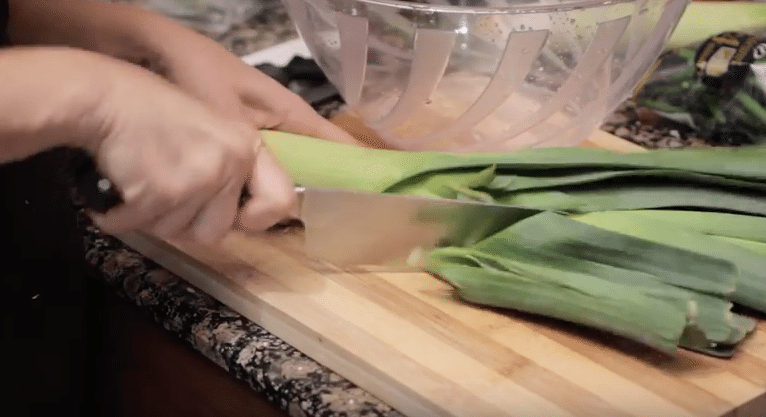
Chop off the rough, dark green upper leaves and discard.
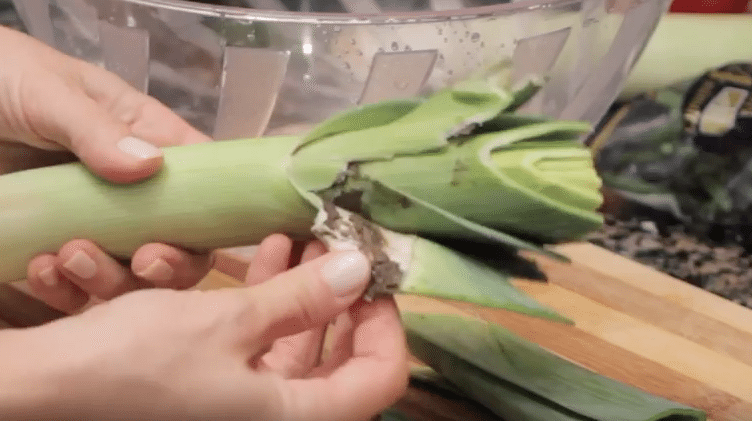
Leeks are often dirty in between the layers.
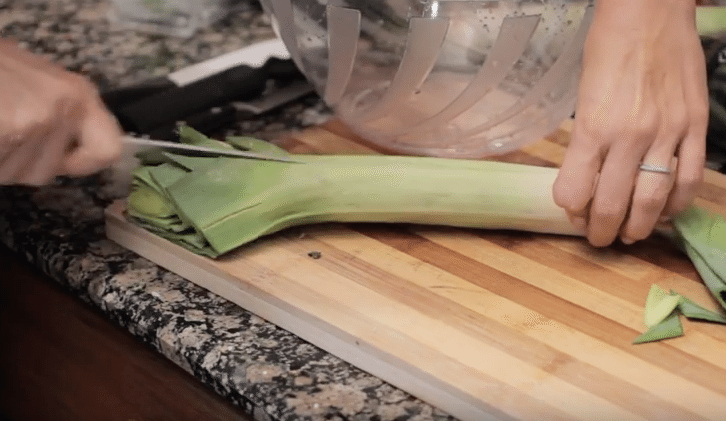
Slice the leek lengthwise.
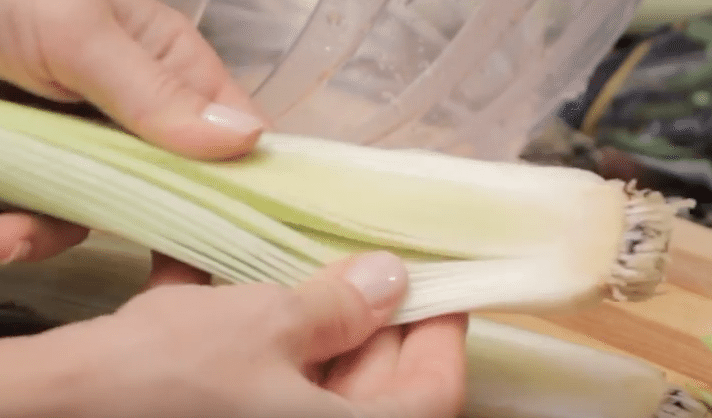
To get in between these layers…
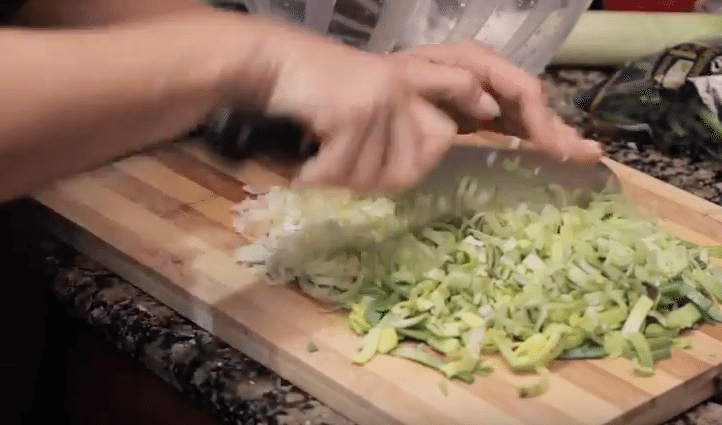
Chop the leek into small pieces…
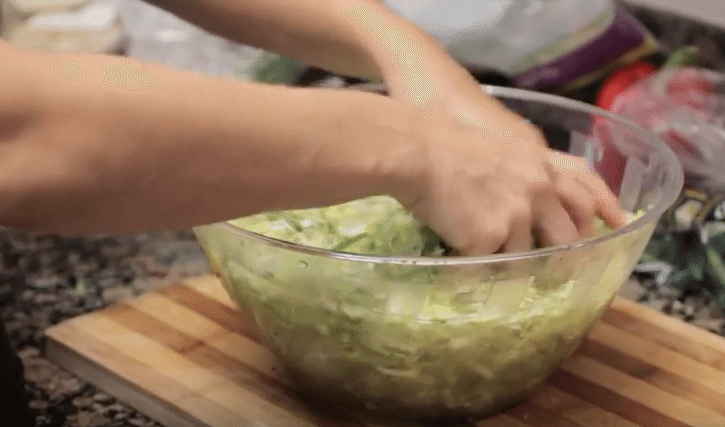
Add the chopped leeks to a large bowl full of water and agitate the leeks to remove dirt.
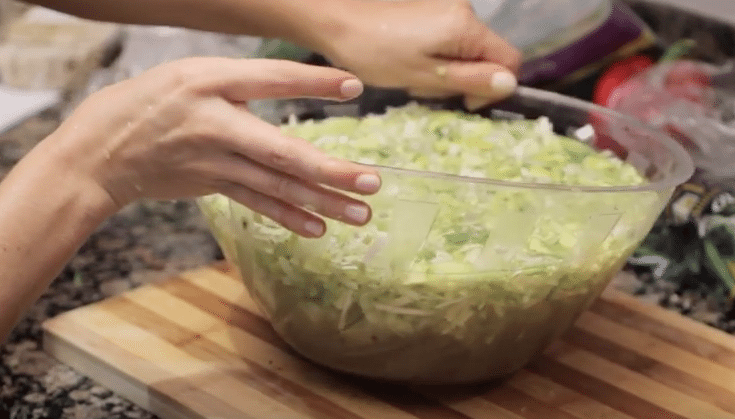
See how much dirt settles on the bottom? Repeat as necessary until leeks are to your desired cleanliness.
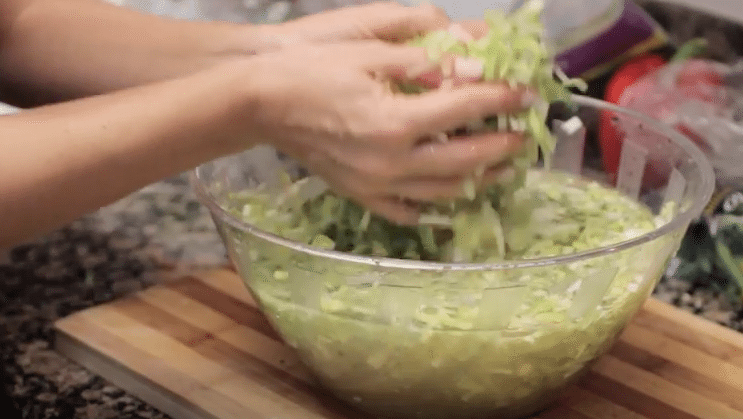
Drain and use in your recipe… Now you have clean leeks!
Last but not least….A cooking tip!
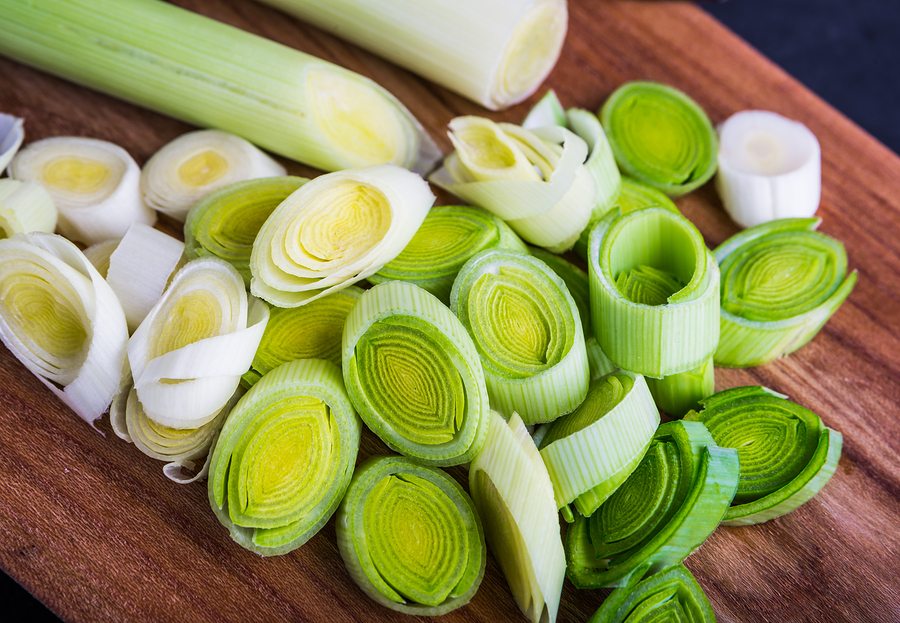
The best way to cook them:
To bring out the most flavor from our little onion, the best method is to “sweat” them, which means cooking them in butter and/or oil over pretty low heat until they get soft, but not browned. If you are looking for a healthier option you can use coconut oil or just water saute them. You just have to keep a close eye when water steaming to ensure they don’t burn. :)
QUESTION: Is there any vegetable you always wanted to know about or want more tips on preparing?
Share with me in the comments below. :-)
Happy Leek Hunting!




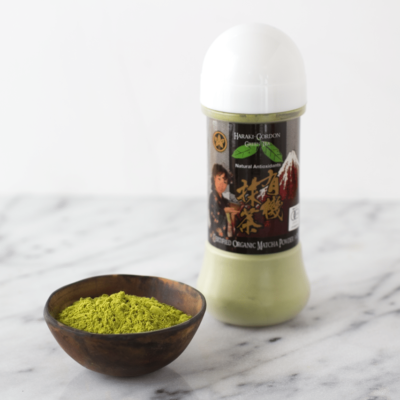
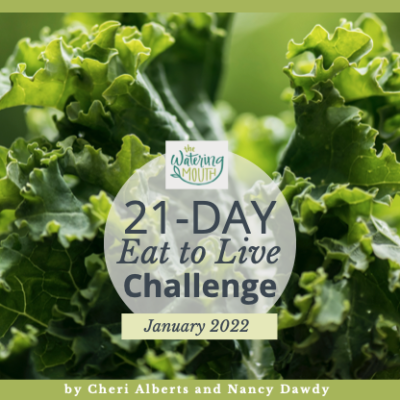



Thank you! Now I am not so intimidated!
So glad to hear it, Sue! Yes, it just takes a little info to get acquainted…so happy you are familiar now! Let me know if there’s anything else you’d like me to help with. :)
I bought leeks for a recipe 2 weeks ago, they came 2 in a bunch. I prepared one but the other is in my crisper. You said leeks keep for 5 days in the refrigerator. Did you mean once cleaned/chopped? My whole leek looks as good as it did the day I bought it. Is it still good to use? Also do you have some good recipes that use leeks?
Yes, Roberta, once cleaned and chopped. They will last much longer kept intact, so I’m sure your leek is just fine!! :D I don’t have a whole lot yet with leeks, but I will be sure to try to use more in upcoming posts! I have a soup that uses leeks, so I’ll try to post that soon. You could try this one in the meantime, and add salt if you prefer: http://amysnutritariankitchen.blogspot.com/2012/09/healthy-vegan-friday-katies-creamy.html
I use leeks quite often. I usually slice them – it looks a lot prettier in a veggie pie, in a stir fry or as sprinkles on just about anything, that can use bit of onion-flavour.
The best way to clean them, is to remove the root-tip, and cut the darkest green end off as well (that bit can be cleaned quite easily).
Cut about 2 inches lengthwise into the green end to make a + when viewing the leek from the top.
Rinse the leek under running water, letting the water enter at the white end, and exit at the green end. It’ll wash out the dirt :)
Great tip Marchen! Yes I just love leeks too! I find I can never get all the dirt out unless I really agitate them, but then again…a little dirt never hurt anyone… :P